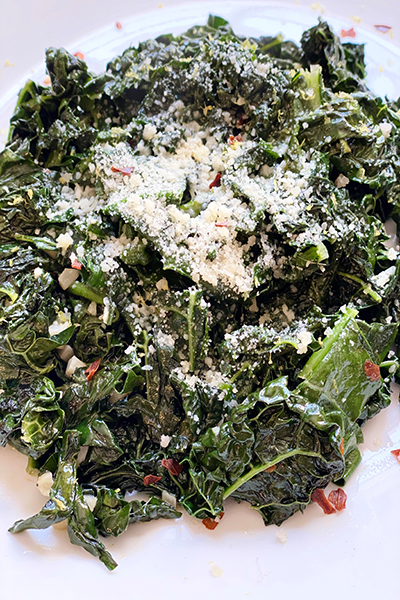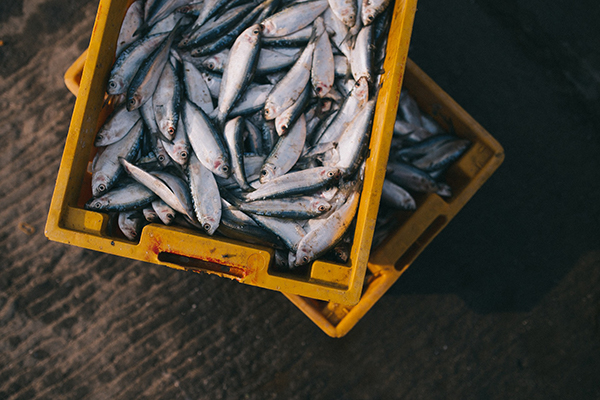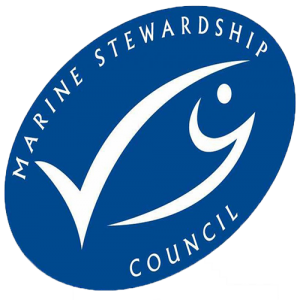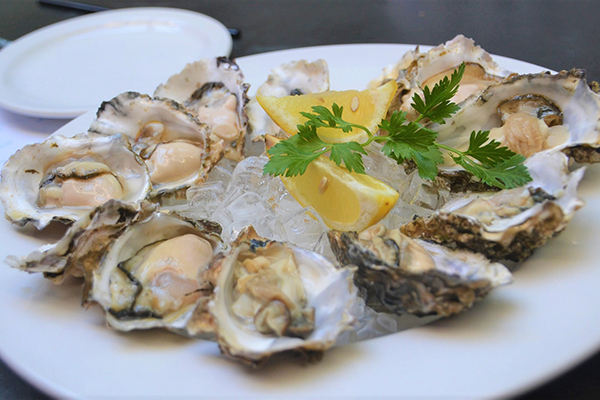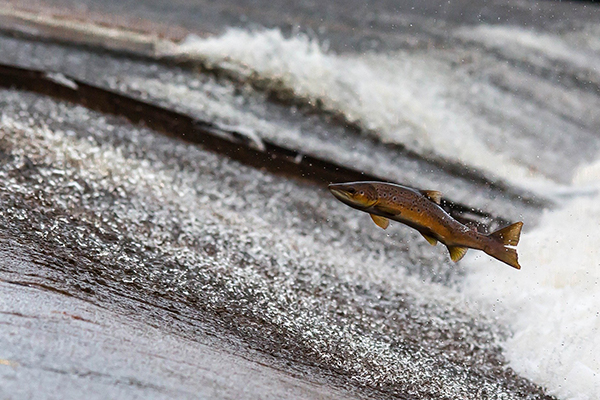We hear about how good seafood is for us all the time. We know that getting adequate omega-3 fatty acids is essential for proper brain development, heart health, eye health, mood and many other things. But we also hear about concerns of overfishing and fish being high in mercury or toxins like PCB’s. It can be confusing to know what to choose.
In 1986, the Sustainable Fisheries Act was passed in the United States. This mandated that every commercial fish population in the U.S. had to be rebuilt by a certain date, and we’re coming up on those dates. This had a huge impact and has rebuilt over 30 different populations of fish around the country. Countries like the U.S., Australia and Norway, for the most part, have good fisheries management in place, protecting against overfishing. Fisheries in many other countries are not doing such a great job.
Sustainable fishing means leaving enough fish in the ocean, respecting habitats and ensuring people who depend on fishing can maintain their livelihoods. - Marine Stewardship Council
What about farmed fish?
The majority of farmed fish is not a great option. They are typically fed GMO corn, soy, antibiotics and even animal byproducts. Studies find that farmed salmon can have PCB levels that are 16 times higher and dioxin levels 11 times higher than wild-caught salmon. Farmed salmon can be lower in omega-3 and higher in omega-6 (more inflammatory) as well.
However, there are some farms that are doing a better job.
How do I choose?
Knowing how to select sustainable seafood can be difficult. To help make this task easier, look for the certifications and follow the guides below.
Certifications
The Marine Stewardship Council
-
-
-
-
-
- Focuses on wild-caught seafood
- Sustainability and environmental impact
-
-
-
-
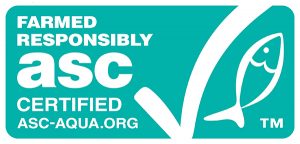 Aquaculture Stewardship Council
Aquaculture Stewardship Council
-
-
-
-
-
-
-
- Focuses on farmed seafood
- Environmental impact
- Social impact
-
-
-
-
-
-
-
-
-
-
-
-
-
- Focuses on farmed seafood
- Sustainability and environmental impact
- Social impact
- Food safety
- Animal health and welfare
-
-
-
-
-
-
Guides
Many guides use data from the Monterey Bay Aquarium, which relies on a team of more than 20 scientists who weigh factors like fish population, harm to habitat, harm to other species, and management practices to determine the sustainability of a fishery.
- Monterey Bay Aquarium's Seafood Watch
- Environmental Working Group's Good Seafood Guide (also addresses mercury and omega-3 levels)
- Environmental Defense Fund's Seafood Selector
Additional Tips
Most importantly, keep eating seafood! Choose small fish, low-mercury fish and seafood from sustainable fisheries and aquacultures that follow sustainable practices and try these other tips when making your selections:
- Eat more sardines and anchovies (they are small fish that are low in toxins but high in omega-3’s).
- Switch canned tuna for canned wild-caught salmon (to reduce mercury and increase omega-3’s).
- Choose mussels and clams more often (they have a very low carbon footprint, are low in mercury and are very nutrient dense).
- If you don’t see any certifications, stick to American seafood.
Certain stores, like Whole Foods Market, have their own seafood standards. You can also look for these better brands that follow all the guidelines we want:
- Wild Planet – online and at many grocery stores
- Vital Choice – online only
However, it’s not just about choosing the right fish. We need to protect our rivers, lakes and oceans. Pollution from many different sectors is threatening the fish and other animal populations that live in these waters.
Over 400 million tons of plastic are produced globally each year. Less than 10% is recycled and more than 8 million tons end up in our oceans.
Nitrogen pollution and fertilizer run-off from farms in the Midwest go directly into the Gulf of Mexico and literally create a dead zone the size of New Jersey. This kills 212,000 metric tons of fish a year. There are 400 similar dead zones around the world. It’s all connected- from the way we farm to the plastic products we choose to buy.
Need more ideas for incorporating fish into your meal plan? See Reel in the Benefits of Eating More Seafood.
Check out Healthy & Environmentally Friendly Food Choices for more information on how your food choices impact the environment.
Savory Kale with Anchovies
Makes 2-4 servings
Recipe Adapted from: High Flavor Low Labor by J.M. Hirsch
PRINT RECIPE
Hear me out - you can’t taste the anchovies, they melt away and simply add a wonderful meaty flavor, plus omega-3's!
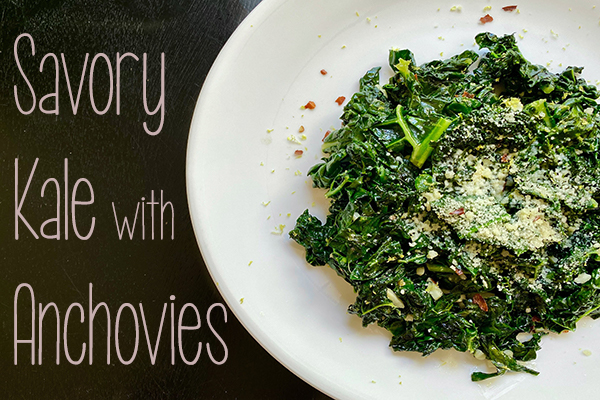
Ingredients
1 large bunch of kale
1-2 Tbsp extra virgin olive oil
4 olive oil packed anchovies
2 cloves of garlic, minced
¼ - ½ tsp red pepper flakes
grated zest of 1 lemon
¼ cup parmesan cheese
sea salt and pepper, to taste
Directions
- Wash and roughly chop or tear kale.
- Heat olive oil in a large saucepan or deep skillet over medium heat.
- When hot, add anchovies, garlic, and red pepper flakes.
- Sauté until anchovies break down and form a paste, this takes just a few minutes.
- Add kale, cover and reduce heat to medium. You can add up to ¼ cup of water if it gets too dry. Cook about 8 minutes or until kale is tender.
- Add lemon zest and parmesan cheese. Taste and add salt and pepper, as needed.
